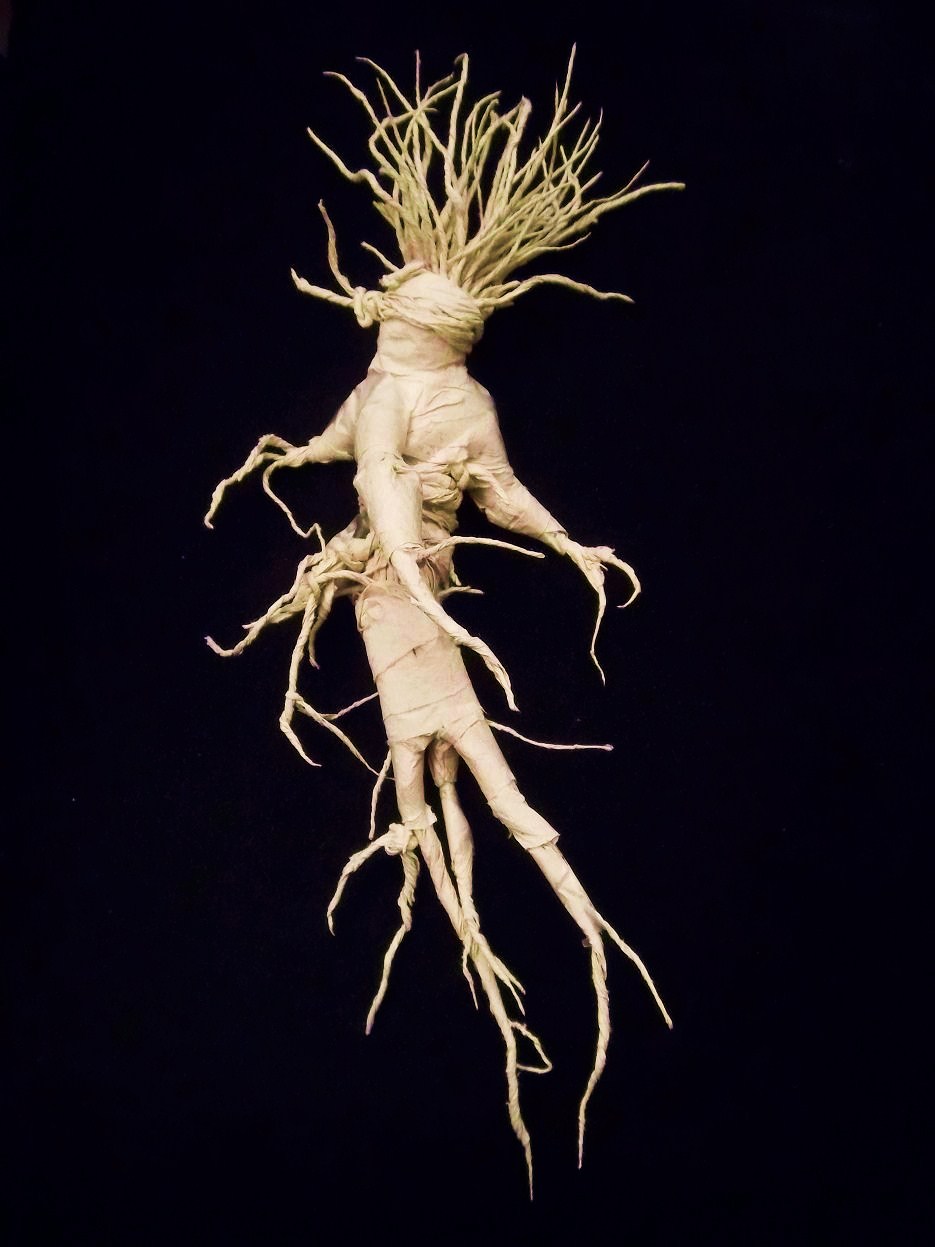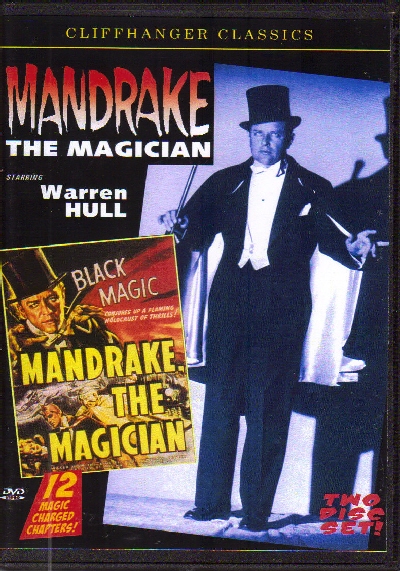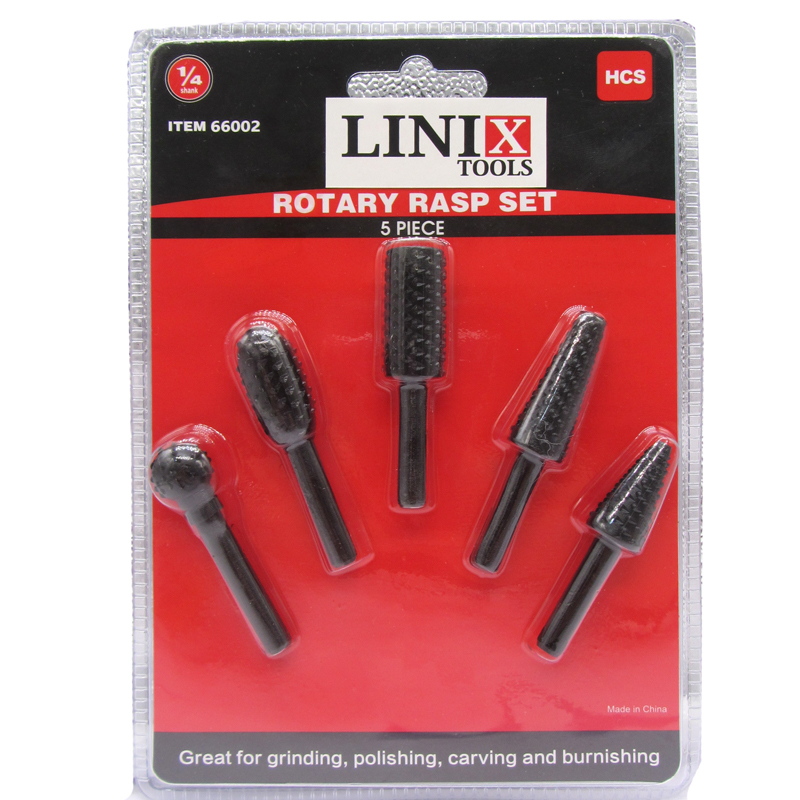
I bought 50 floppy disks and downloaded my first Slackware at the Uni. “So I found and bought a used 386 motherboard from a student, found 8MB of RAM, and replaced my 286 motherboard.
MANDRAKE LINIX INSTALL
“I don’t remember exactly the year, but I came to discover that there was a UNIX you could install on a 386 machine,” he said.
MANDRAKE LINIX DOWNLOAD
On an Amstrad PC1512, an early “IBM compatable,” he became acquainted with MS-DOS (“I think I started to dislike Microsoft at this time”), and later with Windows 3.1 (“it was awful, buggy…”).Īround 1995, while still a university student, he discovered Linux and was able to download a copy - an impossible task for most home users stuck on dial-up at the time - using the university’s system. “You had to like it to continue using it.”īy the time he entered the University of Caen Normandy in the early 1990s, he had gone through a litany of computers and languages. “It could be programmed in BASIC, nothing else, and as I didn’t have a tape recorder to plug into it, everything I did was lost when I switched the power off,” he said. Like many machines from the period, it ran programs, mainly games, from cassettes. His first computer was a Laser 200, an early 8-bit home computer built by VTech and marketed from 1983 through 1985 under several different names. “Well, I can’t talk about the 60s and 70s period.” “The 80s have been the most exciting period in computing so far, in my opinion,” he said. Like many techies who came of age in the last decade of the 20th century, Duval said he cut his programming teeth in the 1980s, on machines that would now be archaic. Mandrake sought to change all that and make Linux an operating that anyone could use. Keeping Linux running even after it was installed wasn’t for the faint of heart either, and required manually manipulating configuration files from the command line, managing file permissions, and the like. The under 30 set might need to know that a couple of decades ago Gael Duval was a household name in Linux circles, even if he wasn’t quite as well known as Linus Torvalds, Richard Stallman, Eric Raymond, or Bruce Perens.ĭuval was the founder of what many consider to be the first user-friendly Linux distro, Mandrake, and as one of three co-founders of the French company MandrakeSoft, around the turn of the century brought the distro to something akin to rock star status among Linux users.īefore Mandrake came along, installing Linux was a tedious operation that required a bit of knowledge of the inner workings of an operating system. As that article ended up never being published, I decided to publish it here, because it offers an interesting glimpse at desktop Linux’s past, as well as a peek at one of the many things that might be in store for the future of mobile computing. In the last year, there were 82,350 commits, according to bero.In this never before published interview, Gael Duval talks about his days at Mandrake, the Linux distro he founded, as well as his current project /e/, a Googleless phone.Ībout a year ago I spent more than an hour “talking” with Gael Duval on Slack for an article that was intended for another publication.
MANDRAKE LINIX PLUS
Currently OpenMandriva Lx has seven main developers, plus a few irregular ones, as well as two mascots, Chwido and Laska.

Members of both are invited to join, rather than be elected, and decisions are made by consensus whenever possible. Today, OpenMandriva is governed by its Council that oversees legal issues, public relations, and general organization and the Technical Committee that is responsible for development. As OpenMandriva Chairman Bernhard Rosenkränzer (aka bero) explains, despite sharing common origins, OpenMandriva is completely separate from other forks.

In turn, OpenMandriva became the association that has developed OpenMandriva Lx ever since.

Mandriva was forked by Mageia Linux and ROSA Linux, but when it went into receivership in 2015, it formally transferred "a non-exclusive and irrevocable worldwide license" of its intellectual property to OpenMandriva SA, an alliance of previous Mandriva contributors and people from related projects, including Unity Linux and Ark Linux.

However, Mandrake's name conflicted with that of the Mandrake the Magician comic, and in 2005, Mandrake merged with the Connectiva distribution to become Mandriva SA. Mandrake quickly became one of the top half dozen commercial distributions, thanks mainly to the fact that it was one of the first to provide desktop utilities. Around the turn of the millennium, Mandrake Linux was a popular fork of Red Hat Linux. OpenMandriva Lx's history is complicated. Wanting to learn more, I asked for more information on the OpenMandriva forum. In particular, its direct legal descendant is OpenMandriva Lx. The once popular distribution has several descendants. However, in Europe, the story is different. Long-time Linux users may recall the once popular Mandrake Linux, but, in North America, any traces of Mandrake have almost disappeared from public view.


 0 kommentar(er)
0 kommentar(er)
